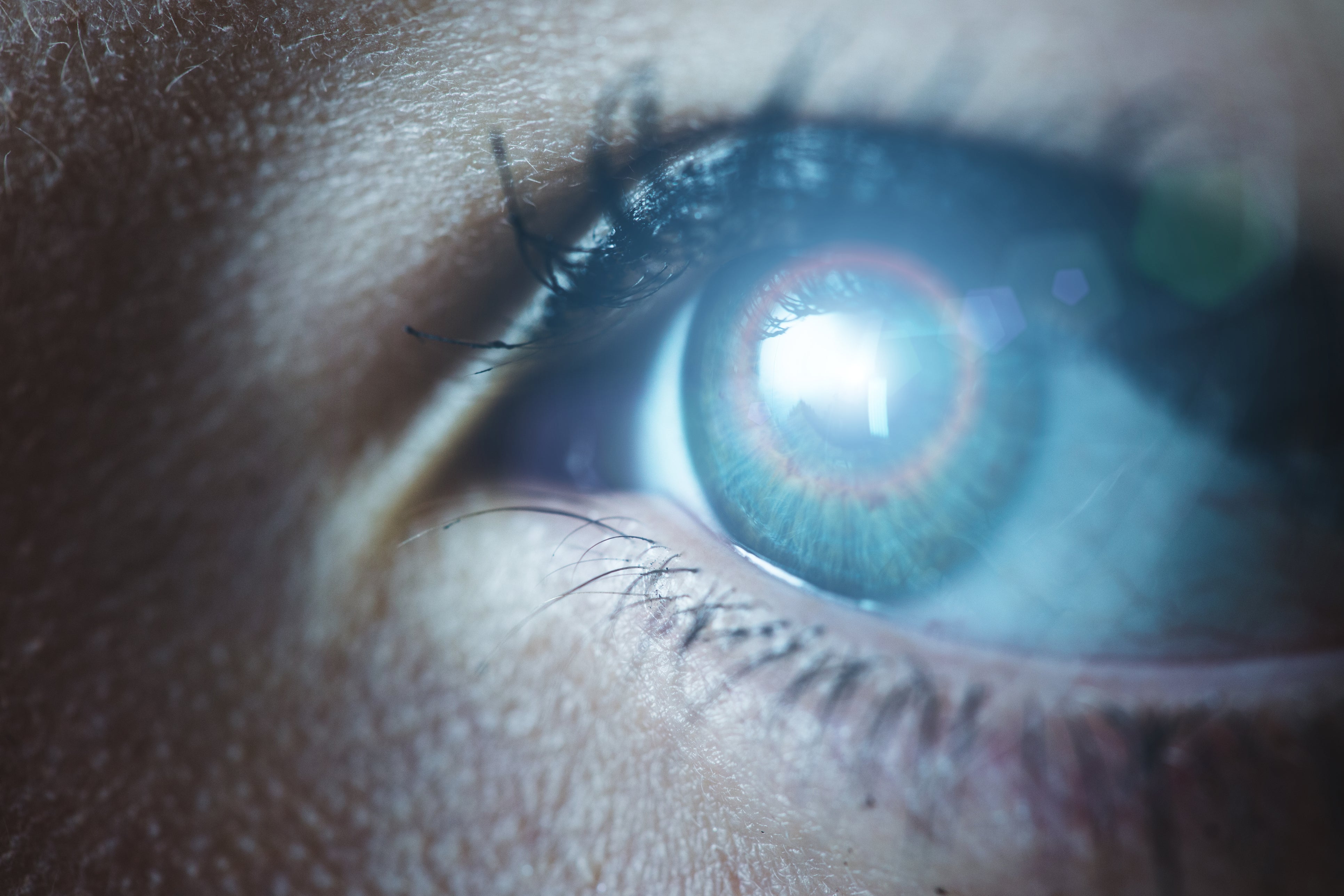Scientists are studying a type of snail that can grow its eyes back in the hope of helping humans with eye injuries.
The complex structure of humans eyes has been found to be similar to those of the freshwater apple snail, which can entirely regenerate its eyes. A new study showed that the eyes of both have many anatomical and genetic features in common.
Researchers are now studying how the regrowth is possible in the snails, with the aim of eventually restoring the vision of people who have eye injuries. They have created ways to edit the snail’s genome, enabling them to look at the genetic and molecular mechanisms driving eye regeneration.
Alice Accorsi, assistant professor of molecular and cellular biology at the University of California, Davis, who led the team, said: “Apple snails are an extraordinary organism. They provide a unique opportunity to study regeneration of complex sensory organs. Before this, we were missing a system for studying full eye regeneration.”
A freshwater snail species originating in South America, the golden apple snail (Pomacea canaliculata) is now invasive in many other places around the world.

However, Ms Accorsi said it is the exact traits that make the animals so invasive, which make them ideal to experiment with in the lab. “Apple snails are resilient, their generation time is very short, and they have a lot of babies,” she said. As well as being straightforward to grow, apple snails have “camera-type” eyes, which produce especially high-resolution images – and are the same type that humans have. And snails, in general, are also known for their regenerative abilities.
“When I started reading about this, I was asking myself, why isn’t anybody already using snails to study regeneration?” questioned Ms Accorsi, who is the first person to do so. “I think it’s because we just hadn’t found the perfect snail to study, until now. A lot of other snails are difficult or very slow to breed in the lab, and many species also go through metamorphosis, which presents an extra challenge.”
The study, published in Nature Communications, showed the similarities between the apple snails’ and human eyes via dissections, microscopy and genomic analysis conducted by the team.
Ms Accorsi said: “We did a lot of work to show that many genes that participate in human eye development are also present in the snail. After regeneration, the morphology and gene expression of the new eye is pretty much identical to the original one.”
The researchers then outlined the regrowth process of the snails’ eyes following amputation.
They explained: “First, the wound must heal to prevent infection and fluid loss, which usually takes around 24 hours. Then, unspecialized cells migrate and proliferate in the area. Over the course of about a week and a half, these cells specialize and begin to form eye structures including the lens and retina. By day 15 post-amputation, all of the eye’s structures are present, including the optic nerve, but these structures continue to mature and grow for several more weeks.”
However, even though the team know the apple snails have all the components required to form images, the team are still working on finding out if the animals can actually see.
The researchers are also editing the snails’ genome using CRISPR-Cas9 in attempts to understand how genes regulate regeneration.
“The idea is that we mutate specific genes and then see what effect it has on the animal, which can help us understand the function of different parts of the genome,” said Ms Accorsi.
“If we find a set of genes that are important for eye regeneration, and these genes are also present in vertebrates, in theory we could activate them to enable eye regeneration in humans.”




